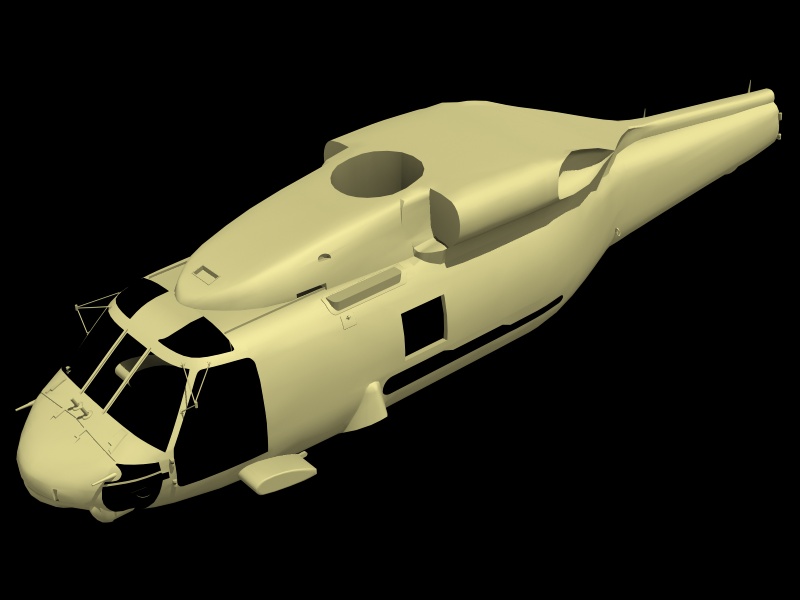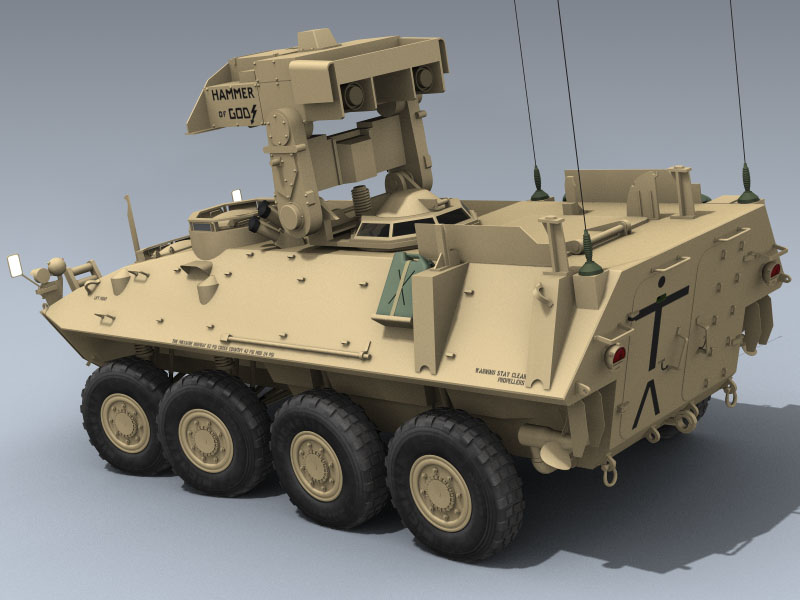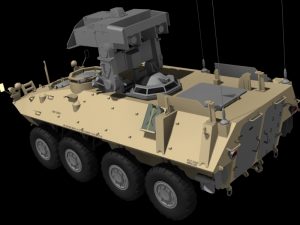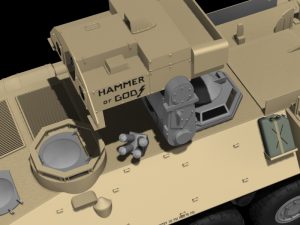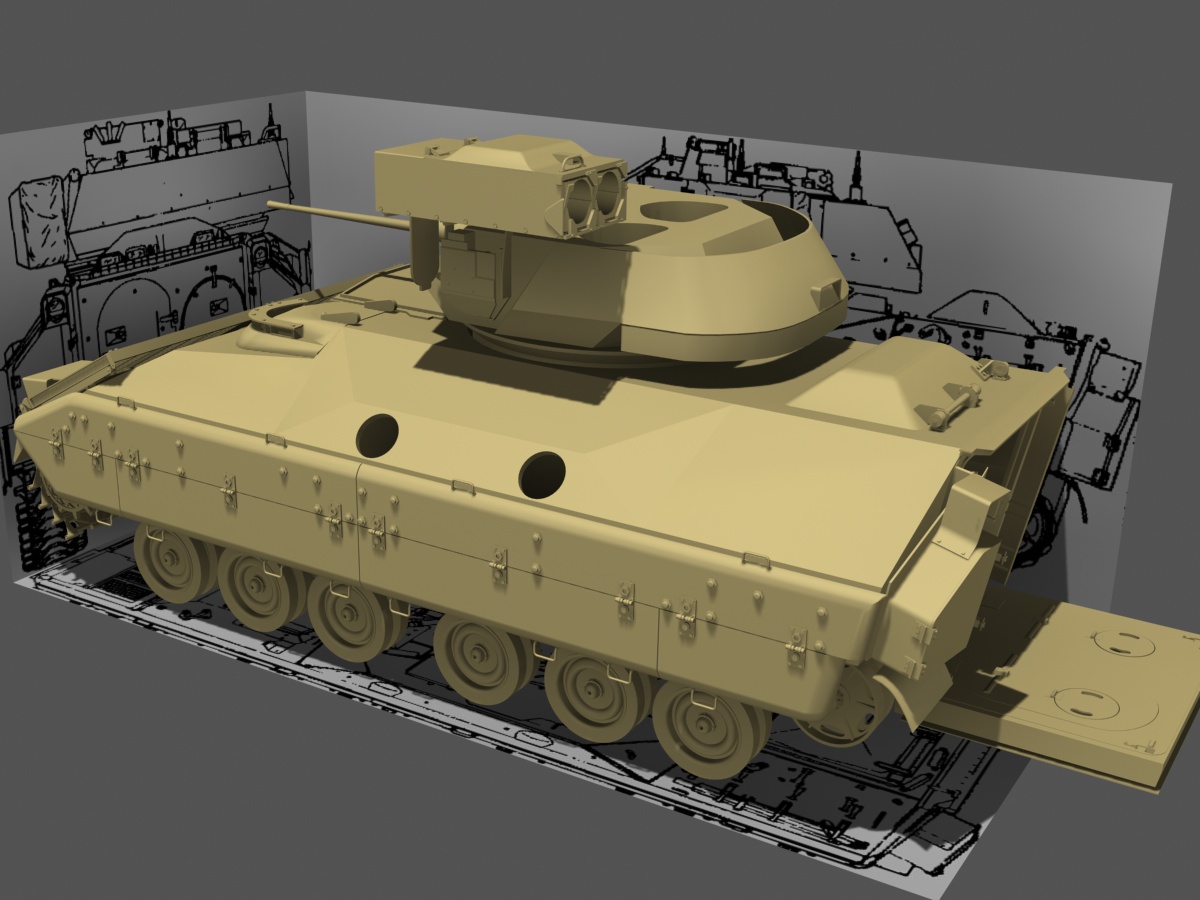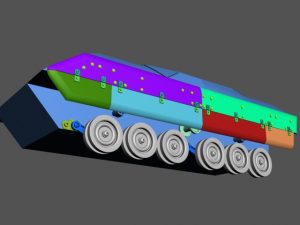SH-60F Ocean Hawk Rework
George Lucas once said many of his films were never finished. From his perspective as a director/screenwriter, they were developed to the point where he had run out of time alotted and mercilessly abandoned. While I realize I will never possess the vision of George, I think I understand what he was talking about as I explore my own life’s work.
Due to the sheer number of projects I’ve taken on over the years, it’s an unavoidable reality that many of my 3d projects are developed to a point where I feel I need to make an executive decision to stop the process and move on to the next subject. If I didn’t accept and act upon that realization, I know the result would be my being stuck on one model subject, super-detailing it to death, and getting absolutely nothing else done for the span of many months.
While it is a lovely thought to be afforded unlimited time to develop each of my 3d subjects, it’s simply not possible. There has to be a sensible deadline set and adhered to. It’s a part of being a professional.
This model which I initially built back in 2004 was one of those that I have always felt was ushered off to market before I was ready to give up on the details and call it finished. I remember the frustration of wanting to model-on but not being able to find enough photos of the airframe to satisfy my lust for detail and realism, and I felt I was spending too much time trying to find what I needed to justify spending more effort.
I’m in the early stages of this re-build, currently converting the triangles to quads and along the way, evaluating where I will be adding super-detailing and estimating how much time I am willing to allow for the rework. During this early stage, I often find my self staring at this one on my multiple monitors, feeling a bit stunned by the realization that the years have flown by between 2004 and now!
More soon…
